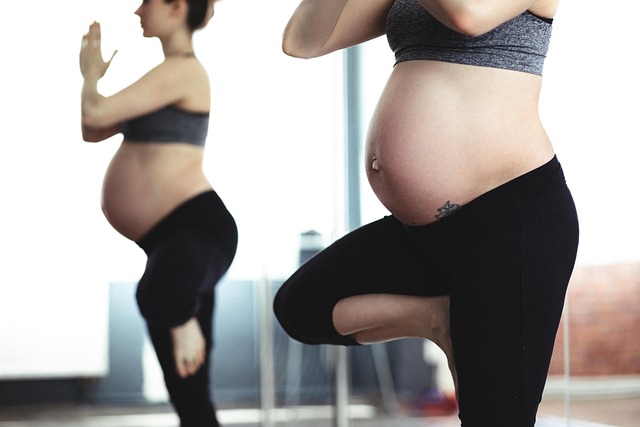The expectant mother was overjoyed that medical professionals could successfully reposition her breech baby. Every pregnancy carries its own unique magic. While not every woman may feel the enchantment every moment, the anticipation of welcoming a new life ultimately makes the journey worthwhile. One woman chose to share her experience in hopes of providing encouragement and options to others navigating similar challenges.
John and Sarah Thompson posted an impactful video on their social media platform showcasing the successful process of turning their breech baby. “Dr. Smith performed a successful External Cephalic Version [ECV] to rotate our breech baby at 38 weeks,” Thompson shared. “Before this procedure, we tried various natural methods to turn the baby. Our primary goal was to avoid a cesarean section at all costs.”
The mother of one explained to Modern Family Blog that she felt it was crucial to share her story “to raise awareness about the options available and to highlight the professionals who genuinely prioritize and respect mothers’ preferences during pregnancy and childbirth.” Their midwife suggested several alternative techniques to reposition the baby, which they attempted at home without success.
A breech baby is one that is positioned with its butt or feet entering the vaginal canal first, rather than the head facing down toward the mother’s back. Most babies naturally settle into the correct position between the 32nd and 36th weeks of pregnancy. However, if they do not, an ECV can be performed to manually reposition the baby, with an approximate success rate of fifty percent.
Despite its potential effectiveness, ECV is not suitable for everyone. According to Health.com, even if the procedure is successful, some babies may revert to a breech position before delivery, necessitating a cesarean section regardless of the initial outcome. Additionally, certain medical criteria must be met, such as adequate amniotic fluid levels and the absence of conditions like obesity or diabetes, before being considered for the procedure. Lastly, it can be quite painful, so discussing pain management options with your doctor is advisable if this is a concern.
“My husband and I wanted to provide a glimpse into our pregnancy journey, not to suggest our choices were right or wrong, but to emphasize that they were elective,” Thompson remarked. “And the best part — it worked!”
Typically, a C-section is recommended for breech births to ensure the baby’s safety. For the Thompsons, accepting that option without exhausting other possibilities was not an option.
“I believe women should have confidence in their bodies and the birthing process,” she said. “In the quest for what’s best for themselves and their children, it’s easy to become overly reliant on the views of medical professionals, who we expect to be experts. However, there can be underlying motives sometimes.”
Ultimately, Thompson believes every woman should follow her instincts. “The more we educate ourselves and trust our intuition, the better equipped we are to make informed decisions that suit our individual needs.”
This article was originally published on January 15, 2018.
If you’re interested in enhancing your chances of conception, check out our post on boosting fertility supplements here. Additionally, for more insights on home insemination, this resource offers excellent guidance. For further reading on similar topics, visit this link.
Summary
This article highlights a couple’s journey in successfully turning their breech baby through a procedure called External Cephalic Version (ECV). The expectant mother shares her experience to inform others of their options and the importance of trusting one’s instincts during pregnancy.

